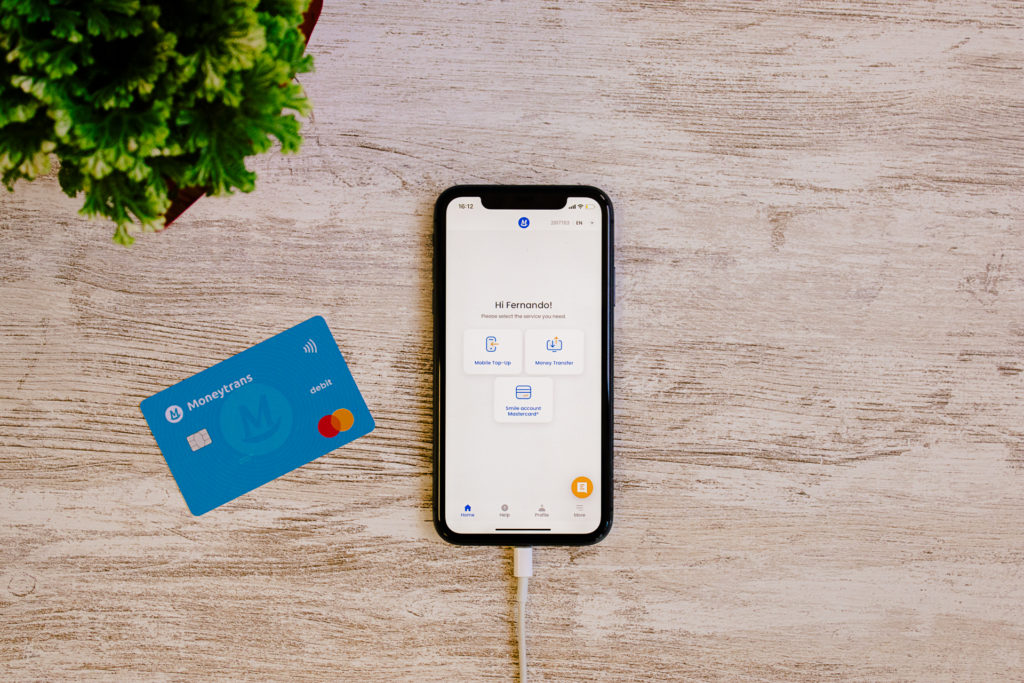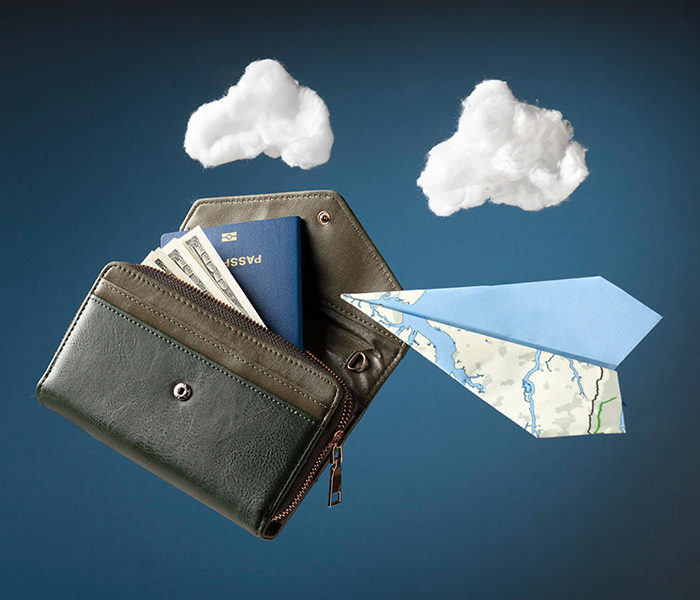Ther are many ways to send money abroad, and one of them is by international bank transfer. If you’re in any doubt about how this works, continue to read: in this article, we explain how to send money abroad, step by step, and give you some other information you should know.
What is an international bank transfer?
An international transfer is a financial operation that sends money from a bank account in your country to another account in a foreign country. International transfers are common for making payments (for example, if you have a supplier in another country or make international purchases), for sending money to family or friends who live in another country (although there are simpler and cheaper ways of doing this) or for making investments abroad.
Types of international transfers
Depending on the country to which the money is being sent, there are two types of international transfers:
- SEPA transfers: these are used to send money within the SEPA (Single Euro Payments Area), which includes all European Union countries and certain other countries in the area, such as Andorra, Cyprus and Switzerland. Under the SEPA agreement, these types of transfers generally cost the same and take the same time to become effective as domestic transfers. This usually takes between 1 and 2 business days.
- SWIFT transfer: used to send money to all countries outside the SEPA zone. They are generally more expensive and take much longer to process. They generally take between 2 and 5 working days, depending on the number of banks involved in the process.
How much do international transfers cost?
The cost of an international transfer depends on several factors, such as the bank making the transfer, the type of transfer and the amount to be transferred. Depending on who bears the costs, international transfers can be classified as follows:
- OUR: the sender bears all transfer costs.
- BEN: costs are borne by the recipient.
- SHA: the amount is shared between the sender and the recipient.
SEPA credit transfers are carried out in SHA mode under European Directive 2007/64/EC. For all other international transfers, the parties are free to reach their own agreement.
How do I send money to someone abroad, step by step?
Making an international transfer is a very simple gesture, but one that requires careful attention to certain details to ensure that everything is correct.
- Gather the recipient’s contact details
Before sending an international money transfer, make sure you know the recipient’s exact contact details:
- Full name
- Bank account number
- SWIFT or IBAN code.
If any of these details are missing, you can request them directly from the recipient or from the bank that will receive the transfer.
2.Go to the bank, in person or online.
Most banks prefer to make international transfers online (via their website or app), although it is also possible to make them in person at a branch. If you’re planning to make an online transfer, check beforehand that your connection is correct and that you have access to the bank’s website or app, and that you have an account that allows international transfers.
If this is not the case, the best thing to do is to visit a branch during opening hours, so that they can take care of all the formalities for you.
3. Check all details before sending
Check that you have entered all the recipient’s details correctly before sending the transfer: in the event of an error or incorrect details, the transfer may be rejected, lost (sent to someone else) or take longer than usual.
4. Why do I get my money back?
If, after making the transfer, you find that the money you sent has returned to your account, it’s probably because one of the following problems has occurred:
- The recipient’s details are incorrect.
- The recipient does not have a valid bank account.
- The recipient’s bank is unable to process the transfer.
In this case, you must check that all data is correct before attempting the transfer again. Please note that some banks may charge a fee for returned transfers.
What’s the best way to send money abroad?
To determine whether or not an international transfer is the best option for sending money abroad in each case, it is necessary to analyze the circumstances surrounding it:
- Possibility of using other means. Although there are other ways of sending money abroad on the market, it’s possible that a bank transfer is the recipient’s preferred method, and it’s therefore compulsory to use it.
- Fees and charges: as mentioned above, SEPA transfers are generally cheaper (or even free at some banks), but in the case of SWIFT transfers, it’s usually worth considering other solutions.
- Time: international transfers are not immediate, and depending on the urgency of the situation, it may be worthwhile to look for other solutions.
- Simplicity of process: with Moneytrans, sending money to family or friends abroad is even simpler than making an international transfer.
- Frequently asked questions: check the most frequently asked questions about international money transfers.
How do I receive an international bank transfer?
If you are the recipient of an international bank transfer, you must provide the sender with your bank account details, including account number and SWIFT or IBAN code.
To avoid any errors or delays, please ensure that your details are accurate and up-to-date. Once the transfer has been sent, the money will be deposited into your bank account within 1 to 5 days, depending on the type of transfer, the country and the originating institution.
How long do international transfers take?
The execution time for an international transfer can vary depending on several factors, such as the bank, the day and time of the transfer (a transfer made at the weekend, on a public holiday or after office hours takes longer) and the destination country (SEPA zone or SWIFT). In general, international transfers can take from one to five working days, but the time may be longer depending on the number of intermediaries between the originating and receiving banks.
Can an international transfer be cancelled?
In general, an international bank transfer cannot be cancelled once it has been sent, but it can be interrupted or cancelled in certain cases, particularly if there is a suspicion of error or fraud. If you have to cancel an international transfer, inform the bank as soon as possible and provide all the necessary information so that they can try to cancel the transaction.
How much money can I send abroad?
In Spain, there is no limit to the amount of money you can send abroad, although the tax authorities must be informed of any money transfer over €10,000, and can investigate any movement over €3,000. Other countries may have their own limits, which you should be aware of before carrying out the transaction.
Sending with Moneytrans
If you want to send money to friends and family abroad, one of the easiest ways to do so is via Moneytrans: you can choose to send money via the app or, if you prefer, visit your nearest branch for help with the transaction.
Among the benefits of sending money with Moneytrans are the savings: our transfers are 90% cheaper than any bank’s rates, with the same security and the ability to track your transfer live through the app. With Moneytrans, you can send money to over 140 countries worldwide, which the recipient can pick up at one of our 450,000+ payment points.







